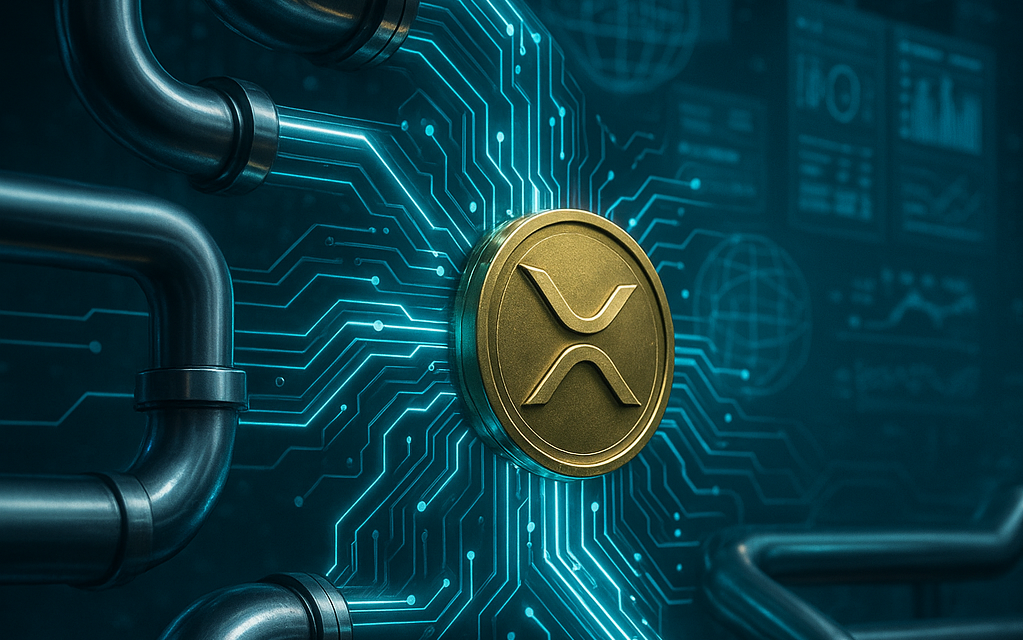In the rapidly evolving landscape of digital finance, groundbreaking acquisitions frequently set the stage for significant industry shifts. One recent example is Ripple’s strategic acquisition of GTreasury, a move that has stirred considerable discussion among industry experts and market analysts. This acquisition not only strengthens Ripple’s position in the corporate finance sector but also amplifies its ongoing commitment to integrating blockchain technology with traditional financial systems. By acquiring GTreasury, Ripple is poised to enhance its operational capabilities and expand the use of its digital asset, XRP, within existing financial workflows.
Ripple’s Strategic Acquisition of GTreasury: A New Era for Corporate Finance
Understanding the Significance of the GTreasury Acquisition
The acquisition of GTreasury marks a monumental shift for Ripple, creating opportunities to seamlessly incorporate digital assets within corporate finance. Industry experts like Vincent Van Code have highlighted GTreasury’s pivotal role in the financial sector, where it provides software solutions for large-scale corporations to manage payments, liquidity, and cash flow. By leveraging this platform’s integration with banking and payment systems such as SWIFT, Ripple can introduce XRP and Ripple USD (RLUSD) into established treasury operations without requiring businesses to overhaul their existing systems.
Ripple’s acquisition strategy is not about speculative ventures but about creating robust distribution channels. As Ray Fuentes notes, the acquisition provides Ripple with a treasury platform that already aligns with SWIFT interoperability, eliminating the need for building integrations from the ground up. This strategic move facilitates Ripple’s entry into the $100 trillion treasury market, offering enterprises an efficient, seamless transition to digital assets.
What Ripple Stands to Gain
Ripple’s acquisition extends beyond immediate technical integrations. As Wrathof Kahneman explains, GTreasury’s established connections—spanning over 800 global banks and major ERP systems like SAP, Oracle, and NetSuite—offer Ripple unprecedented access to corporate financial operations. By controlling this connectivity, Ripple can introduce settlement options through XRP or RLUSD that blend seamlessly into existing workflows, providing faster and more efficient financial solutions without altering current operational processes.
The Strategic Roadmap Forward
Ripple’s recent acquisitions amount to a comprehensive financial stack, designed to cover all aspects of corporate finance. From Metaco’s custody and tokenization services to Hidden Road’s institutional execution and collateral management, Ripple has strategically positioned itself to offer a full suite of financial services. This investment of approximately $3 billion underscores Ripple’s commitment to bridging corporate finance with blockchain technology.
### How Does This Impact XRP?
While the potential implications for XRP are substantial, they are primarily focused on enhancing its utility within corporate treasury functions. By embedding XRP within these workflows, the asset’s role becomes integral rather than optional. This strategic positioning aims to test XRP’s function as a bridge asset, facilitating quick and cost-effective cross-border transactions within established financial systems.
Frequently Asked Questions
How does the GTreasury acquisition benefit Ripple?
The acquisition allows Ripple to integrate its digital assets into established treasury systems seamlessly, enhancing efficiency and connectivity with global financial networks without necessitating major changes to existing financial infrastructures.
Can XRP become a core asset for corporate finance?
By embedding XRP within GTreasury’s platform, its adoption in corporate finance could increase as it provides businesses with an efficient, fast, and cost-effective settlement option integrated within existing workflows.
What role does GTreasury play in Ripple’s strategy?
GTreasury acts as a crucial link within Ripple’s strategy by enabling the smooth integration of digital assets into global financial systems, thus expanding Ripple’s influence in corporate finance and treasury management.
Is the integration of Ripple with GTreasury complex for businesses?
The integration process is designed to be low friction, allowing companies to adopt new digital asset solutions without altering their existing financial systems, thus simplifying the transition to innovative financial technologies.
Ripple’s strategic acquisition is more than a typical business move; it represents a significant paradigm shift toward the integration of digital assets into traditional finance. As Ripple continues to advance its position, its influence on corporate finance could herald a new era in the adoption of blockchain technologies.

